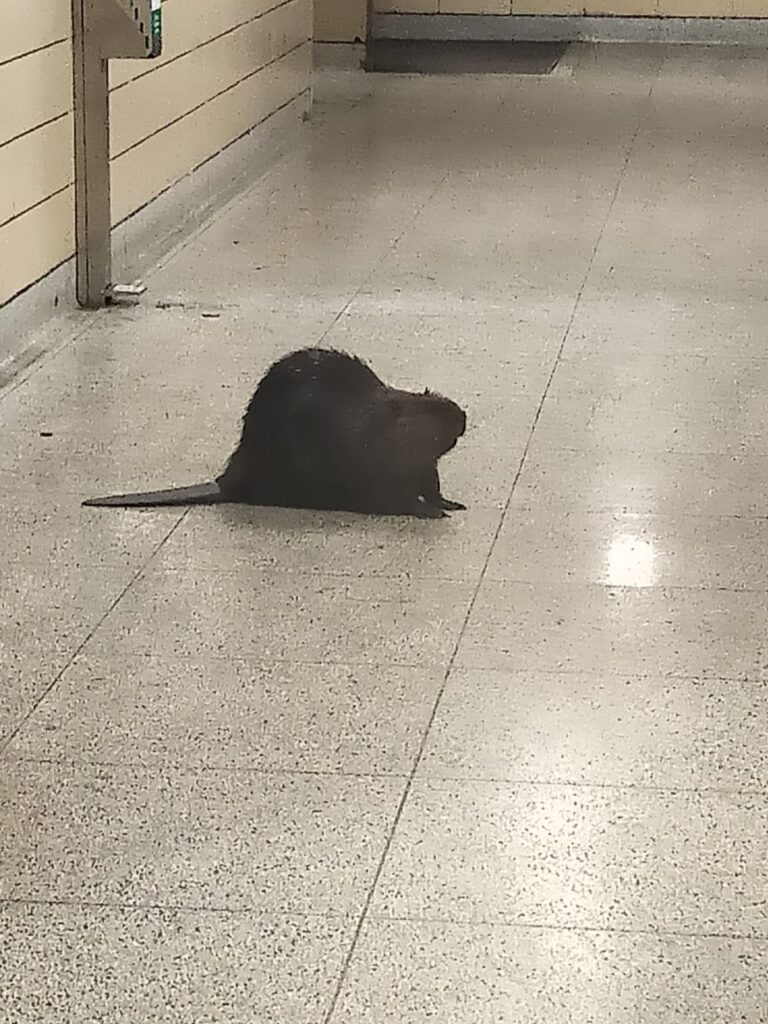The Kenyan government has ordered the suspension of the ongoing translocation of black rhinos following the death of eight of them.
The rhinos were being translocated from Nairobi and Nakuru National Parks to the newly-created sanctuary in Tsavo East National Park being supported by WWF-Kenya.
Rhino translocation and immobilization for various management purposes in Kenya has been a success story with very low mortality rates over the years.
Between 2005 and 2017, one hundred and forty-nine (149) rhinos have been translocated with eight (8) mortalities, excluding the current deaths in Tsavo East N. Park – 11 translocated with eight fatalities.
Further, between July 2017 and February 2018, 74 rhinos have been immobilized for ear-notching and only 1 mortality was reported. Several tens have also been successfully immobilized for clinical intervention.
Preliminary investigations by KWS veterinary teams attribute the deaths to salt poisoning as a result of taking water of high salinity on arrival in the new environment. These findings are consistent with cases of salt poisoning in other animal species, indicating a challenge in the translocated rhinos’ adaptation to the change from fresh water to saline water in the sanctuary.
The high salt levels lead to dehydration that triggers thirst mechanism, resulting in excess water intake of the saline water that further exacerbates the problem.
The eight dead rhinos were among 11 that had been moved to the sanctuary in an initiative to start a new population in line with the National Rhino Conservation and Management Strategy. A total of 14 rhinos had been planned to be translocated.
There has never been such a high mortality rate in the moving of rhinos. A pathologist has ben appointed to collect samples and a report will be delivered this week.
The three remaining rhinos are being closely monitored by veterinary and park management teams and are being provided with fresh water in temporary water pans.
To achieve desired meta-population growth rates and strengthen national rhino population gene pool, rhino translocations and stocking density management are key biological management components.
This is realized by translocation of unrelated individuals from different populations based on set percentage harvesting to maintain high growth for maintaining genetic diversity and rhino health in both the source and recipient population.




